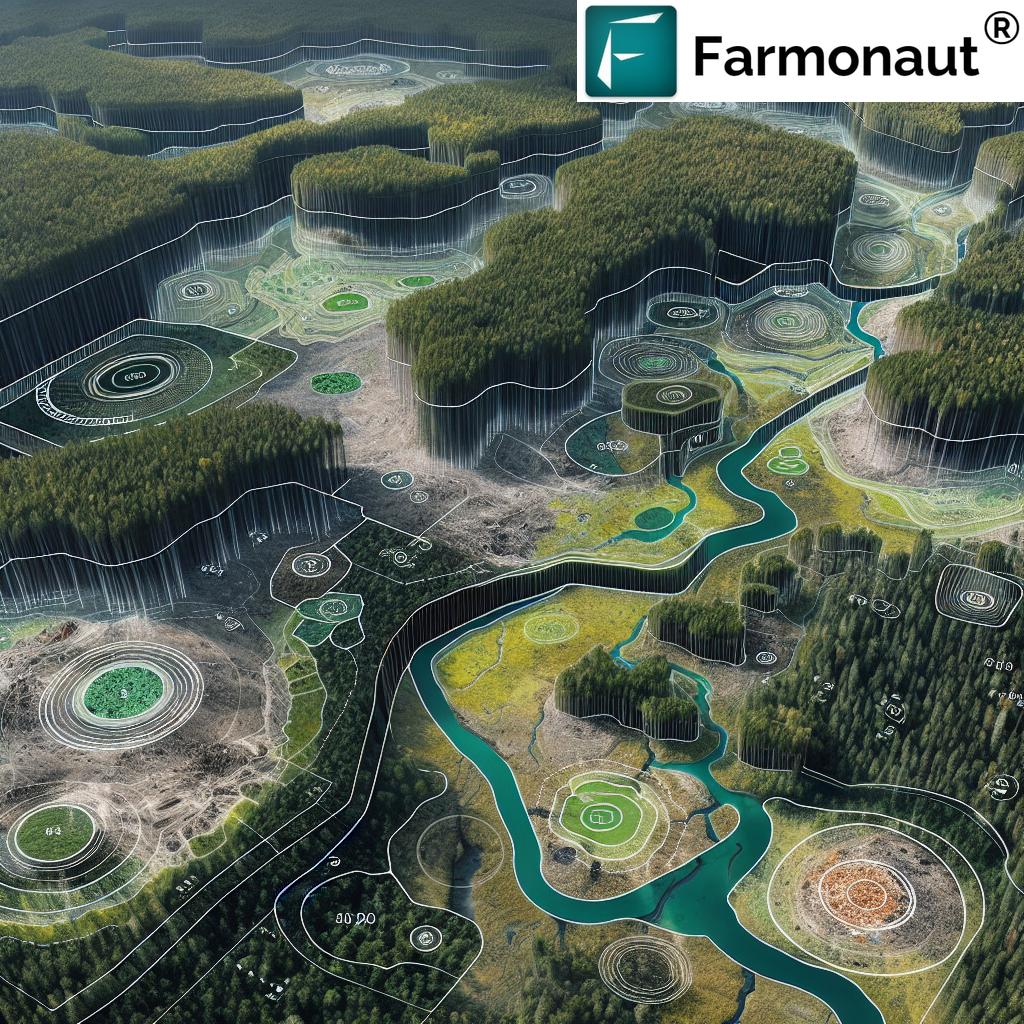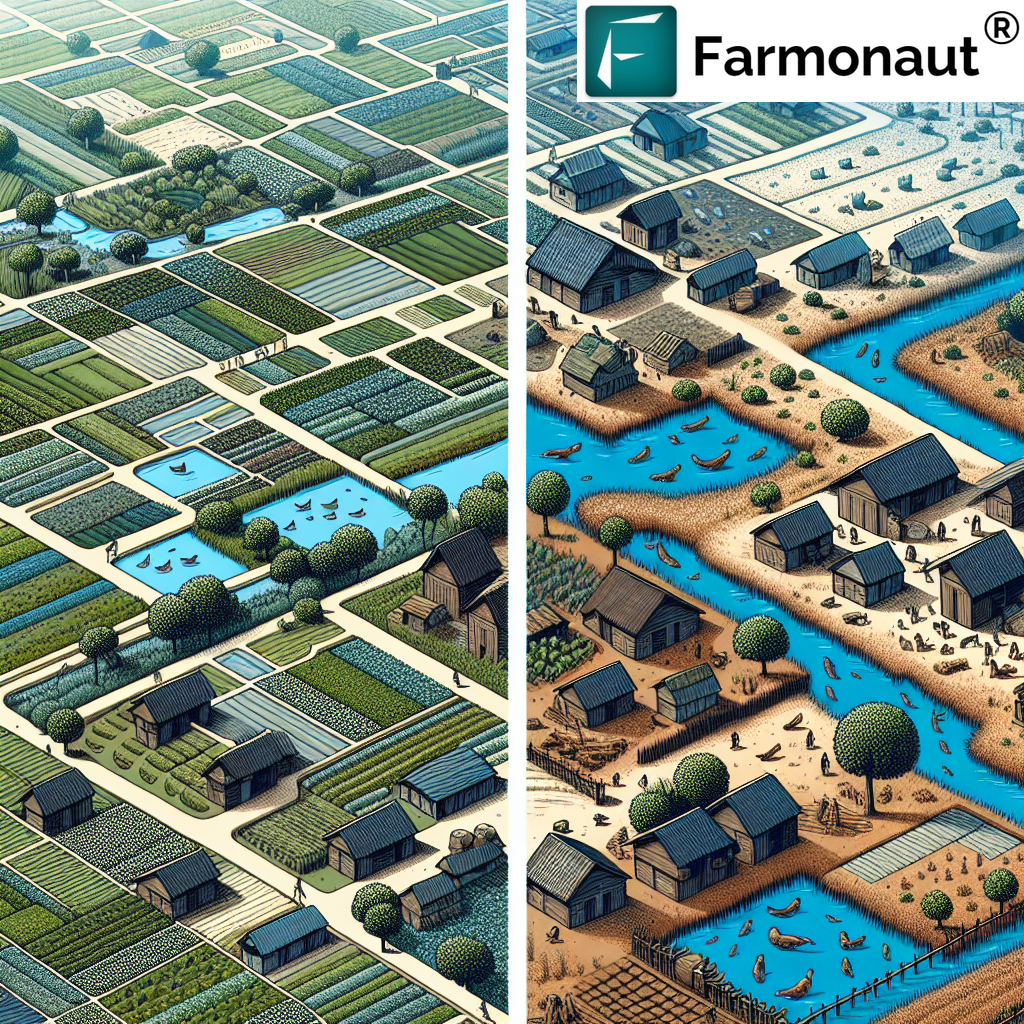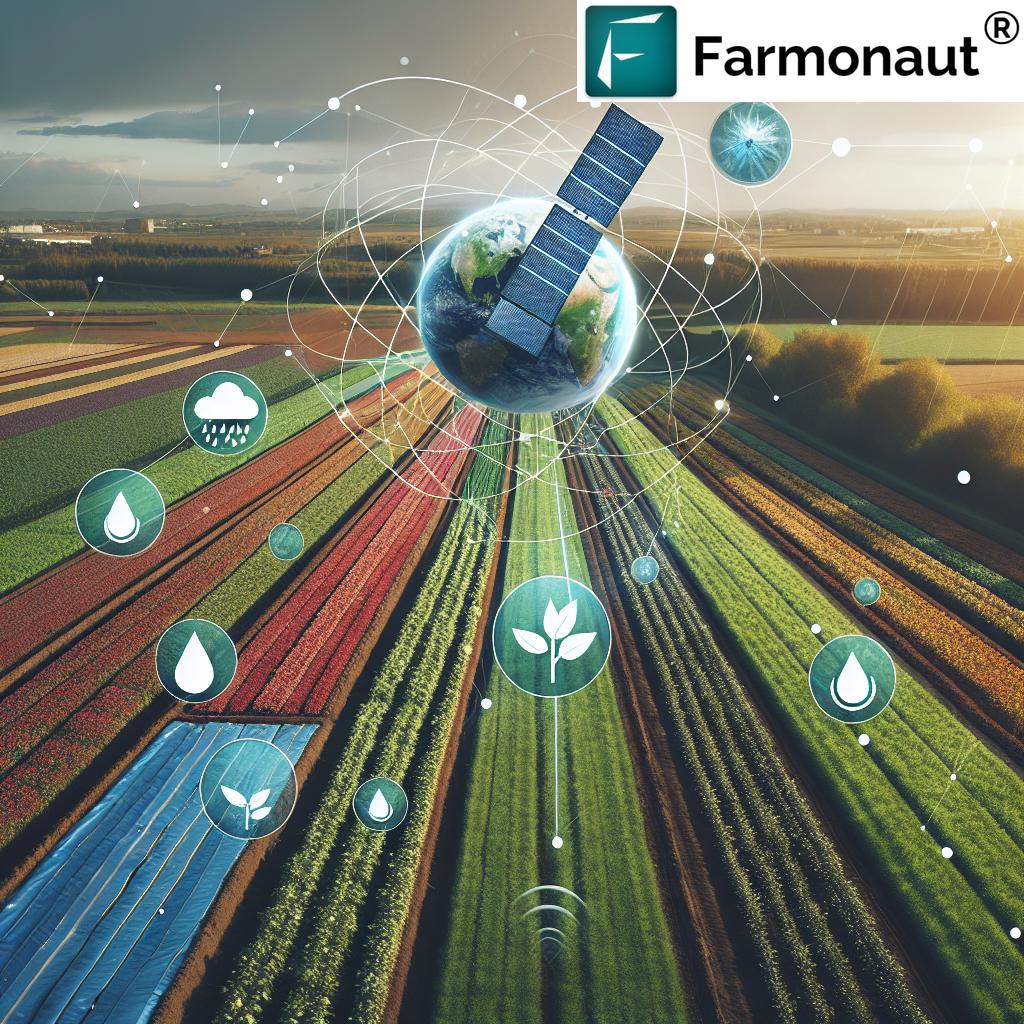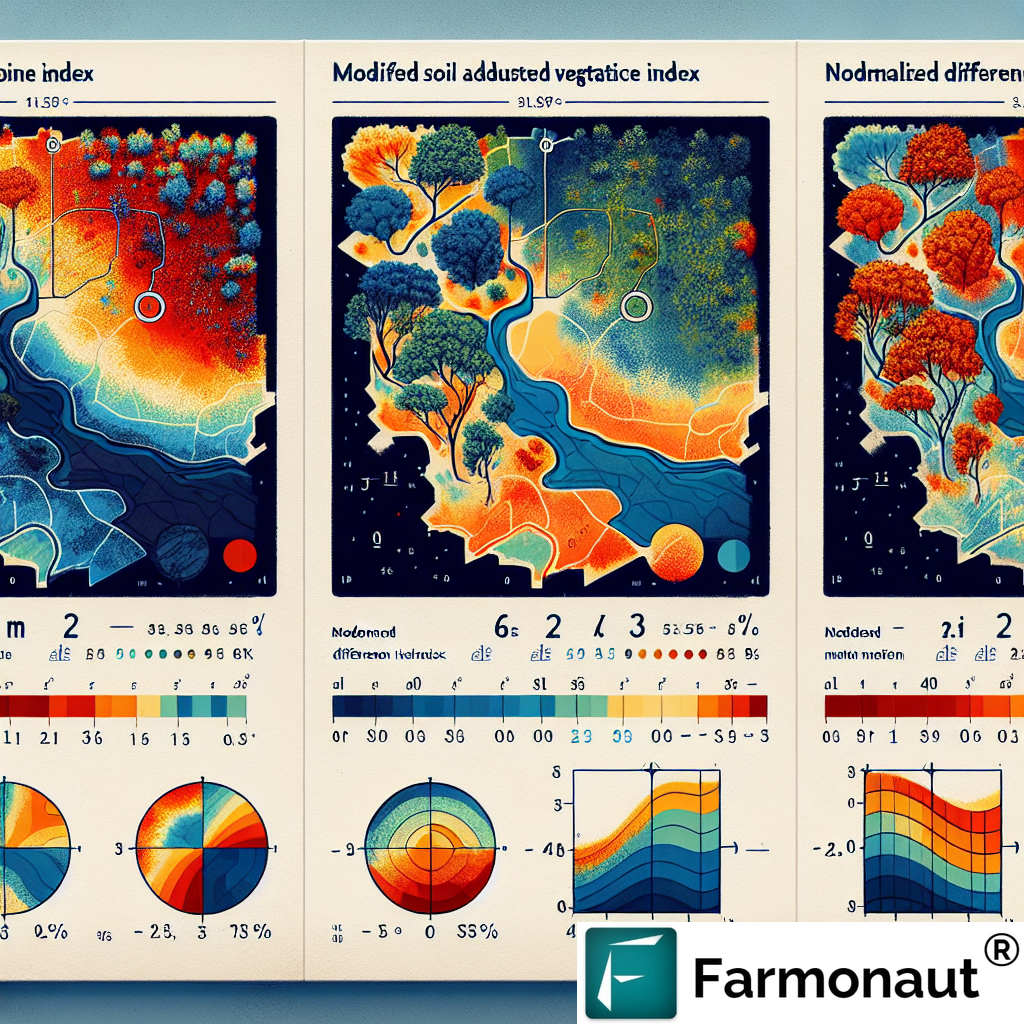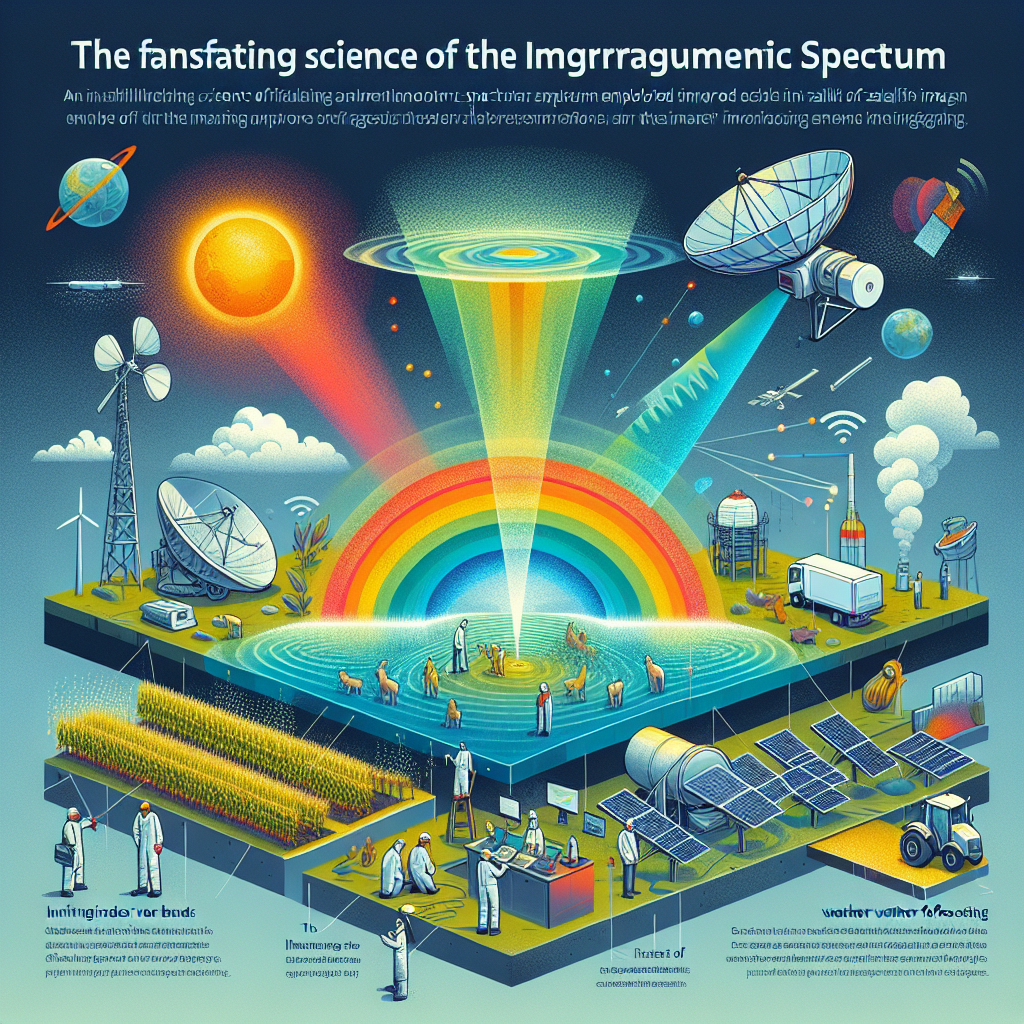How to Verify Forest Inventory: 7 Accurate Methods
Meta Description: Learn how to conduct forest inventory verification with seven proven, accurate methods for reliable forest measurements, management, and sustainable conservation.
“Over 80% of global forest inventories now use remote sensing for accurate carbon and biodiversity monitoring.”
Summary: Verifying Forest Inventory – Essential Practices for Accurate Forest Management
Forest inventory verification is fundamental for effective forest resource management, biodiversity conservation in forests, timber resource assessments, and carbon sequestration monitoring. Accurate forest measurements require scientifically robust methods for ensuring that inventory data is consistent, trustworthy, and reflective of real-world forest conditions. With the rise of remote sensing for forest management and advanced technologies such as LiDAR and AI, managers now have more reliable tools to assess forest health, monitor tree species composition, and achieve high data quality. This comprehensive guide details the seven most accurate forest inventory methods, highlights the importance of strong data verification and quality assurance, and provides best practices for sustainable results and policy compliance.
Understanding Forest Inventory
A forest inventory is the systematic process of collecting, analyzing, and reporting information about the composition, structure, and health of a forest. Typically, this entails measuring tree heights, diameters, densities, species composition, age classes, and the condition of the canopy and understorey. The key attributes collected through these inventory efforts inform forest management strategies, harvesting plans, conservation actions, and policy development.
Forests are dynamic ecosystems. Their sustainability depends on reliable data regarding resource availability, habitat diversity, carbon stocks, and regeneration rates. Forest inventory verification directly influences the effectiveness of these decisions. As managers, policy-makers, and scientists, our challenge is to ensure accuracy and reliability across inventory datasets, especially as environmental standards and global reporting demands escalate.
The Importance of Forest Inventory Verification
Verification in the context of forest inventory is the rigorous process of double-checking measurement data to confirm that it truly reflects actual forest conditions. Without verification, forest data may contain biases, errors, or inconsistencies, compromising crucial decisions for:
- Resource Management: Determining how much timber can be harvested, how regeneration occurs, and where conservation zones should be applied.
- Biodiversity Conservation: Maintaining an accurate record of species diversity, ecosystem health, and habitat integrity.
- Carbon Accounting & Environmental Compliance: Measuring forest carbon stocks for carbon sequestration monitoring and compliance with international policies (e.g., REDD+, national climate goals).
- Policy Development: Supporting the creation of trustworthy, actionable forest management policies and regulations grounded in robust data.
- Sustainable Forest Management Practices: Assuring stakeholders (from local communities to international organizations) of data integrity, enhancing transparency, and building confidence in reported results.
Seven Accurate Methods to Verify Forest Inventory
A variety of scientifically validated forest inventory methods are available to verify and maintain the reliability of forest inventory data. Here, we explore seven of the most widely recognized and effective techniques, encompassing both field and remote sensing for forest management.
1. Field Validation through Re-Measurement of Sample Plots
Field validation is an essential first step in forest inventory verification. By systematically re-measuring sample plots—either by different crews or in repeated visits—managers can identify errors, boost data consistency, and improve inventory reliability. Field inspections are vital for ground-truthing remote sensing data and ensuring that inventory information accurately represents on-the-ground conditions.
- Direct field observation allows for immediate correction of visible data entry errors, misidentification of tree species, or inconsistencies in measurement techniques.
- Systematic sampling of a defined number of plots boosts statistical confidence in the results, especially when plot locations are chosen to represent the forest’s variability.
- Supervisors may conduct random re-checks (“hot” and “cold” checks) to collect comparative data and foster transparency.
2. Direct Observation and Environmental Contextual Recording
During field inventory operations, trained crews record not only tree measurements but also contextual site information: soil type, slope, understory vegetation, visible pest/disease outbreaks, and environmental disturbances. Capturing this additional information is critical for forest health assessment and for interpreting inventory data accurately.
- Improves understanding of underlying causes of data anomalies or abrupt changes in stand structure.
- Supports the integration of biodiversity and habitat quality measures into forest inventories.
- Ensures field data reflects the true variability of the ecosystem, reducing the risk of oversimplification in management decisions.
Comparative Table: Forest Inventory Verification Methods
Explore how each forest inventory method supports accuracy, applicability, and sustainability in forest resource management. Use this table to quickly compare methods for your specific needs—including carbon monitoring, biodiversity, or timber management:
| Method Name | Brief Description | Accuracy (%) | Tools/Technology Needed | Applicability | Estimated Cost | Suitable For |
|---|---|---|---|---|---|---|
| Field Validation (Sample Plot Re-measurement) | Re-checking sampled plots with trained field crews | 92–97% | Measuring tapes, calipers, GPS | Field | Medium | All (General Inventory, Timber, Biodiversity) |
| Direct Observation & Environmental Context | On-site recording of environmental and health attributes | 88–93% | Observation sheets, field guides, camera | Field | Low | Forest Health, Biodiversity |
| QA/QC Checks (Hot, Cold, Blind) | Systematic cross-checks of plot measurements by supervisors | 95–98% | Field tools, data management system | Field | Medium | Reporting, Compliance |
| Remote Sensing (LiDAR) | Laser scanning for 3D structural mapping of forests | 95–99% | LiDAR systems, processing software | Remote | High | Carbon/Timber, Biomass, Structure |
| Remote Sensing (Aerial & Satellite Imagery) | High-resolution imagery for cover mapping & health checks | 85–96% | Satellites/drones, GIS software | Remote | Medium/High | Large-scale, Biodiversity, Health |
| Independent Forest Monitoring (IFM) | 3rd party assessment to ensure transparency & compliance | 90–97% | Standardized forms, field tech | Field/Remote | Medium | Governance, Policy, Compliance |
| Triangulation (Data Fusion) | Combining field & remote data for comprehensive results | 96–99% | Mix of all above | Field/Remote | Higher | Integrated Monitoring |
“Seven scientific methods can verify forest inventory, ensuring sustainable management across millions of hectares worldwide.”
3. Quality Assurance and Quality Control (QA/QC) Checks
Quality assurance and quality control (QA/QC) protocols are vital for forest data quality assurance. There are three main types of QA/QC checks:
- Hot Checks: Supervisors directly observe and sometimes repeat measurements with the field crew present, providing instant feedback and identifying systematic measurement errors.
- Cold Checks: Supervisors re-measure test plots after the original field crew leaves. They compare these results to ensure consistency and correct discrepancies.
- Blind Checks: Plots are measured by an independent crew without any knowledge of previous data, thereby ensuring maximum objectivity. This helps identify hidden biases and verify the precision of field measurements.
QA/QC processes foster confidence in reported data, reduce systematic errors, and uphold the integrity of inventory results. These checks are fundamental in certified sustainable forest management practices.
4. Remote Sensing with LiDAR Technology
LiDAR (Light Detection and Ranging) is revolutionizing remote sensing for forest management. LiDAR systems generate high-resolution 3D models of forest stands by measuring the time it takes for emitted laser pulses to return after hitting foliage or the ground. This yields precise data on:
- Tree height and crown dimensions
- Canopy density and gaps
- Ground elevation and understorey structure
LiDAR has emerged as a preferred tool for carbon sequestration monitoring, biodiversity studies, and rapid forest health assessment in areas otherwise difficult to access. Its synergy with field data maximizes both the efficiency and the reliability of forest inventory methods.
5. Remote Sensing Using Aerial and Satellite Imagery
Advances in satellite imagery and drone technology allow for large-scale mapping and assessment of forest attributes, including species composition, disturbance patterns, and health anomalies. This approach offers:
- High-resolution imagery for rapid assessment of vast forested regions
- Time-series analysis for detecting changes in cover, health, and regeneration
- Integration with GIS systems for spatial planning and habitat modeling
Remote sensing for forest management enhances inventories with broad, up-to-date perspectives and is especially useful for monitoring ecosystem processes, biodiversity corridors, and compliance with environmental standards.
6. Independent Forest Monitoring (IFM)
Independent Forest Monitoring (IFM) is the process of involving impartial third parties to audit forest inventory, harvesting practices, and compliance with regulations. IFM increases transparency, validates inventory findings, and highlights discrepancies that might otherwise be missed in self-reporting.
- Boosts the objectivity of verification efforts
- Strengthens public confidence in sustainable forest management practices
- Assists in certifying compliance for environmental, social, and governance standards
IFM is often a prerequisite for carbon credits, responsible timber production, and conservation funding.
7. Triangulation: Combining Multiple Data Sources for Enhanced Reliability
Triangulation refers to the strategic integration of two or more independent data collection methods—typically field measurement, remote sensing, and contextual assessments—to maximize reliability and minimize bias in forest inventories.
- Cross-verifies anomalies and corrects systematic errors
- Delivers the highest possible data precision for biodiversity conservation or carbon sequestration monitoring
- Aligns management decisions with real-world forest dynamics
Best Practices for Forest Inventory Verification
Regardless of management goals, proven best practices underpin all effective forest inventory verification programs. These practices not only enhance the integrity of your results, but also support sustainability, carbon responsibility, and biodiversity conservation in forests.
Comprehensive Sampling and Plot Design
- Use a statistically sufficient number of sample plots, proportionate to forest variability and targeted precision.
- Ensure that plots represent diverse forest types, ages, densities, and topographic features within your inventory area.
- Sample design must enable both large-scale assessments (e.g., large-scale plantation or forest management) and focused studies (e.g., endangered habitats).
Standardization, Documentation, and Transparency
- Adopt standardized measurement protocols (DBH, height, species coding, health rating) for consistency within and across teams.
- Maintain detailed records for every step: sampling, QA/QC, remote sensing, and IFM.
- Transparency in methodology enables external audits, stakeholder trust, and repeatability for long-term monitoring.
Regular Training and Skill Upgradation
- Continuous training for all measurement crew and QA/QC supervisors is key.
- Stay updated with latest technologies (e.g., LiDAR, AI-based tools, GIS).
- Use self-learning platforms for new inventory systems and digital tools.
Triangulation and Data Fusion
- Combine field and remote sensing data for robust, multi-scale analysis.
- Resolve discrepancies by prioritizing cross-method consensus.
- Leverage platforms that support multi-source data analytics.
Key Challenges and Considerations in Forest Inventory Verification
Despite the best efforts, several unique challenges persist in forest inventory verification:
- Resource Constraints: Limited budgets, logistical capacity, and access can inhibit the breadth and depth of verification. Prioritizing critical habitats, compliance zones, or high-carbon areas can optimize resource allocation.
- Technological Limitations: Not all forests are suitable for every technology. For instance, LiDAR may face difficulty under closed canopies, while certain satellite sensors might not pierce dense clouds or provide fine enough resolution.
- Data Integration Issues: Fusing datasets from field, LiDAR, and satellites requires careful calibration, normalization, and quality control to ensure reliability and minimize bias.
- Human Factors: Field measurement biases, inconsistent protocols, or crew errors still pose risks. This underscores the principles of systematic QA/QC, continual training, and independent monitoring.
- Environmental Variability: Storms, fires, insect outbreaks, and climate-induced shifts may invalidate previous plot data or require frequent updates to inventories.
Remote Sensing Advances for Forest Management and Verification
The field of remote sensing for forest management has advanced rapidly in recent years, transforming how managers conduct forest inventory verification. The latest technologies enable:
- Real-time forest health monitoring and tree mapping across large landscapes
- Automated detection of illegal logging, disturbance, and regeneration patterns
- Precision carbon footprinting and emission tracking for compliance and sustainability programs
- Secure, blockchain-backed data for traceability in timber and ecosystem service markets
As part of our commitment as Farmonaut, we deliver advanced, cost-effective solutions that leverage satellite-based monitoring and AI to make these technologies accessible for everyone—from government agencies to smallholder managers. Our systems integrate remote sensing, field data analytics, and independent verification for holistic, sustainable outcomes.
Learn more about integrating forest and carbon monitoring in our Carbon Footprinting solution.
-
Programmatic access to satellite and weather data for forest monitoring is available via our API endpoints and in-depth API Developer Documentation.
How Farmonaut Supports Sustainable Forest Data Verification
At Farmonaut, we are dedicated to advancing forest inventory verification through a combination of state-of-the-art technologies and accessible, user-centric platforms. Our contributions include:
- Satellite-Based Crop and Forest Health Monitoring: We deliver multispectral imagery, tree cover analysis, and biomass estimates for accurate forest measurements and timely disturbance detection.
- Jeevn AI Advisory System: Our AI tools provide custom, real-time forest management strategies for maximizing resource conservation and productivity.
- Blockchain Powered Traceability: We enable full traceability for verified forest product claims via secure blockchain records, ensuring transparency for all stakeholders.
- Fleet, Resource, and Compliance Tools: Our resource management platform optimizes logistics and cost, while our insurance and loan verification services reduce fraud in forest financing. Explore these services for compliance and credit assurance.
- Large-Scale Forest & Plantation Management: Manage extensive forest holdings with data-driven dashboards and historical analysis. See how scalable monitoring works for government, business, and NGOs.
Explore our comprehensive forest and advisory platform here: Start with Farmonaut today.
Frequently Asked Questions: Forest Inventory Verification
What is forest inventory verification?
Forest inventory verification is the process of systematically assessing and confirming the accuracy of measurement data collected on forest composition, structure, and health. The aim is to ensure reliable information for sustainable forest management practices, biodiversity conservation, and regulatory compliance.
Why is accurate forest measurement important for environmental management?
Accurate forest measurements enable informed decision-making about harvest planning, conservation strategies, and carbon sequestration monitoring. Without reliable inventory data, resource allocation, biodiversity targets, and climate reporting may be compromised.
How does remote sensing contribute to forest health assessment?
Remote sensing (including satellites, drones, and LiDAR) provides large-scale, repeatable, and timely insights into forest canopy health, species distribution, and biomass. It complements field measurements to identify disturbances and monitor changes over time.
What are the best methods for verifying timber inventory?
The best methods involve a mix of field-based sample plot re-measurement, systematic QA/QC checks, and remote sensing technologies for precise stand-level analysis. Combining these methods ensures robust timber and resource assessments.
How does Farmonaut enhance forest inventory verification?
Farmonaut enhances verification by integrating satellite-based monitoring, AI-powered interpretation, blockchain-backed traceability, and resource tools, making advanced technology accessible and affordable for all forest managers, NGOs, and agencies worldwide.
Is independent forest monitoring required for certification?
While requirements vary between standards, Independent Forest Monitoring (IFM) is increasingly used to provide transparent, unbiased verification essential for certification in sustainability, carbon, and timber legality schemes.
Where can I find tools and developer resources for satellite-based forest monitoring?
Farmonaut offers APIs and detailed developer documentation for integrating satellite and weather data into your own forest monitoring platforms.
Conclusion: Achieving Sustainability through Accurate Forest Inventory Verification
In summary, forest inventory verification underpins all sustainable forest management practices. By systematically verifying field measurements, embracing quality assurance checks, harnessing remote sensing and LiDAR, and integrating data from multiple sources, we lay the foundation for effective biodiversity conservation, reliable timber resource assessment, and transparent carbon sequestration monitoring. Each method, when applied with scientific rigor and adapted to local forest conditions, contributes to the credibility and sustainability of our shared forest resources.
We encourage all stakeholders—from forest managers to policy-makers—to adopt these seven verification methods and seek continuous improvement in their forest inventory and verification strategies. For those seeking cost-effective, cutting-edge digital support, our Farmonaut platform and API offer scalable, real-time monitoring tailored to your management and sustainability goals.
Ready to innovate your forest inventory verification process? Get started with Farmonaut’s advanced solutions today.
Learn more about our dedicated, eco-friendly products for carbon monitoring (Farmonaut Carbon Footprinting) and transparent traceability (Product Traceability). For scaling forest and crop management across vast territories, see our Agro Admin App.


